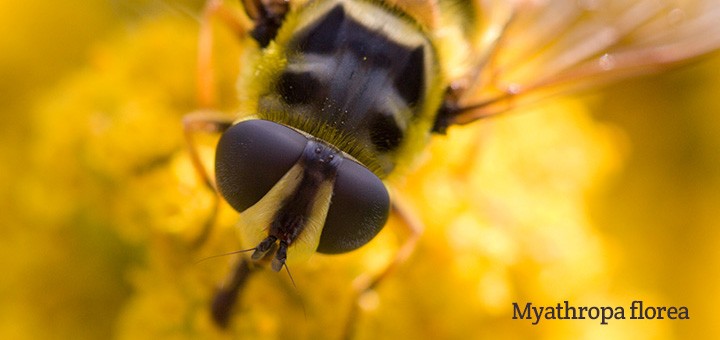
With this website I hope to make the task of identifying insects a little less daunting for those who, like me, aren’t professional entomologists but amateurs who simply want to know which bug it is they’re looking at.
As a visual but not-very-sciencey kind of bloke I quickly found that if I put ‘Yellow fly’ into Google Images it resulted in pages of fishing tackle and not the lovely Snail Killer, or whatever, I was hoping for. And that, ahem, bugged me. Especially as I’d then end up spending hours lost in books and on websites not knowing where to begin, trying to identify my images of insects and getting nowhere fast. Happily I can reassure you that it gets easier with practice, but it does require a bit of dedication and some basic technical knowledge.
When I started out the two main problems that foxed me most often were…
1) Not knowing what kind of insect I was looking at in the first place and
2) Getting my head around all the jargon that real scientists use.
…and to be honest I’m still occasionally thrown by both but issue number one I try to address with the Bug basics: orders page. For those of you who don’t know, orders are collections of insects grouped by common traits. For example Diptera (True flies) contains all insects that only have two wings and Coleoptera (Beetles) contains all those who have modified their front wings into a hard protective shell. Orders break down into smaller and smaller groups until finally arriving at a single species which after all is what we’re aiming for. It’s a big task and the section that will take longest to finish so please bear with me as it’s very much a work in progress!
However, before tackling orders I’d advise reading the other three ‘Bug basics’ pages anyway, which between them cover problem two. Taxonomy explains how the Latin names work and how the groups mentioned above get from the widest – kingdom – through classes, orders, families etc right down to an individual species. Anatomy covers the basic parts of a bug which, no matter how different insects may look, are pretty much the same across all the orders. Except wings. Wings are a law unto themselves but I try my best to explain how it all works!
I’ve also done some tips on finding and photographing insects as having good reference material in the first place really does help.
Finally, I’ll also post random blogs based on my various bug chasing escapades that, in a hugely haphazard manner, will offer advice on how to identify whichever poor bugs I manage to photograph.
The limitations of this website
I’m confident that most of my information and identifications are correct – and where I’m in doubt I’ll make it obvious – but I can offer no cast-iron guarantees for a number of reasons. First, I’m only human and we all make mistakes sometimes. Also scientific names and classifications constantly evolve and much of the printed reference I use is pretty ancient. Plus some sources of information are not always reliable – I discovered recently there is one popular insect guide where nearly all the Ichneumons are misidentified! And lastly there are many species that are extremely difficult or impossible to identify from photos and I’m not about to start catching and extracting the genitals of some poor little bug just to find out what it is. As I’ve mentioned already, I’m a photographer not a scientist.
Please note that for the moment I’m not going to cover spiders, harvestmen and other invertebrates that are not strictly insects although they may creep onto the site in the fullness of time.
Having said all that, I hope my website proves to be useful. Obviously it’s going to take a while to build up all the information I want to provide so please keep coming back as the site grows. And any comments, observations or corrections are always gratefully received.
Hope you find out what it is!
Rob

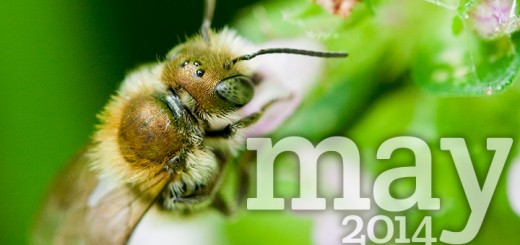
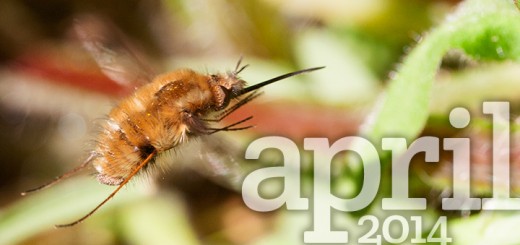
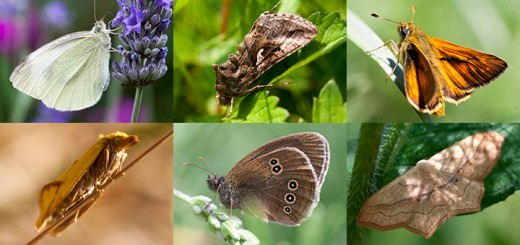
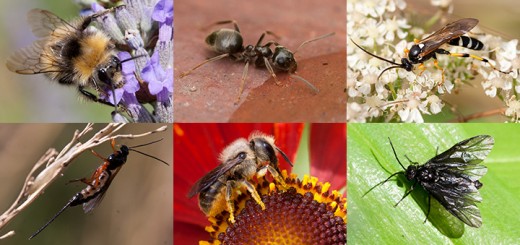
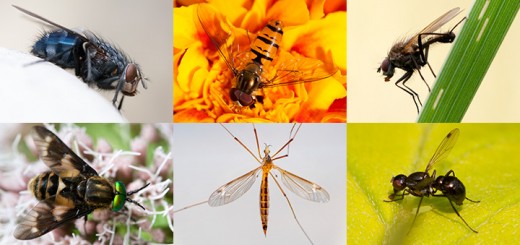
Recent Comments